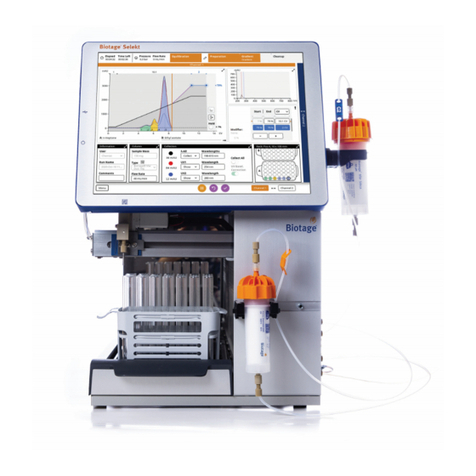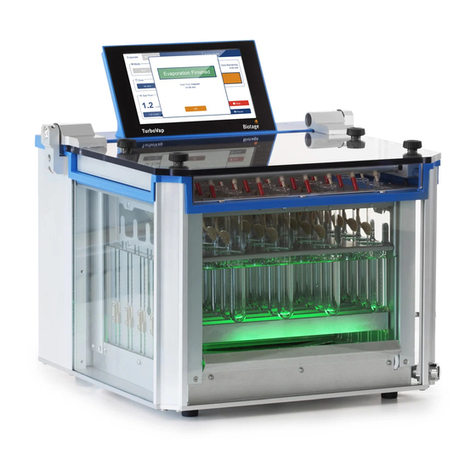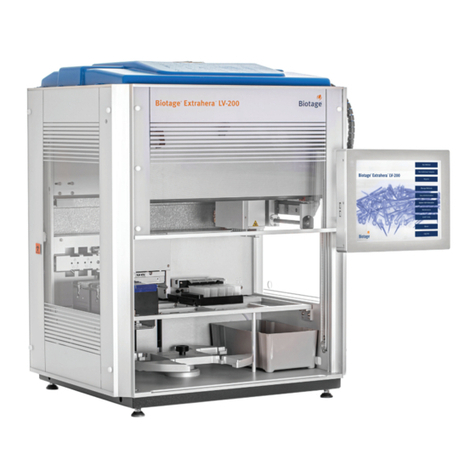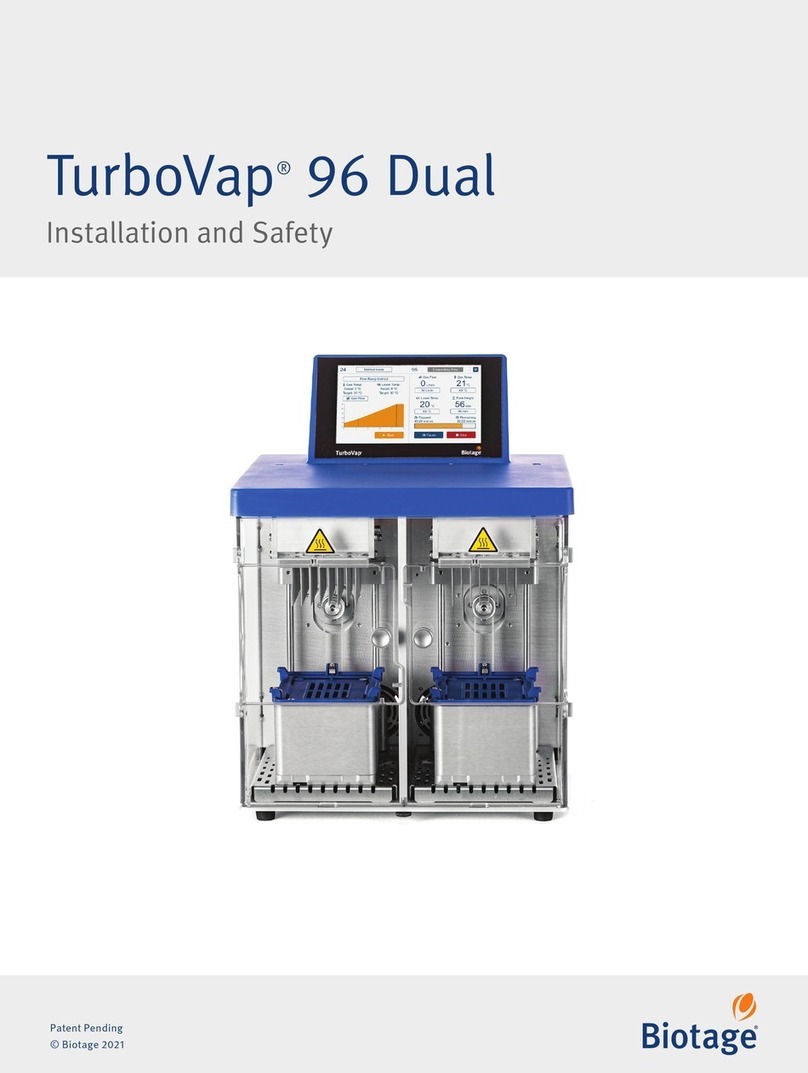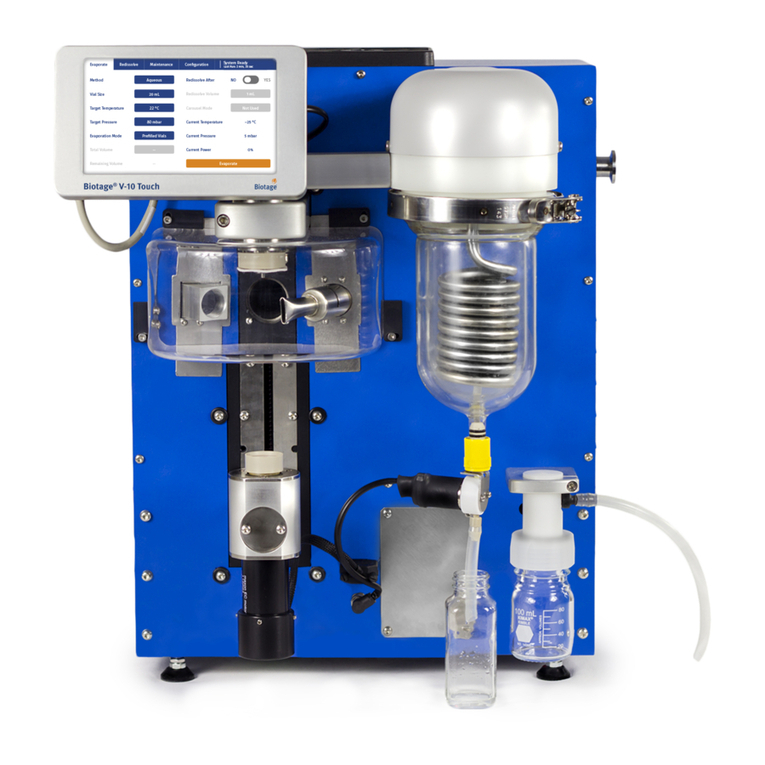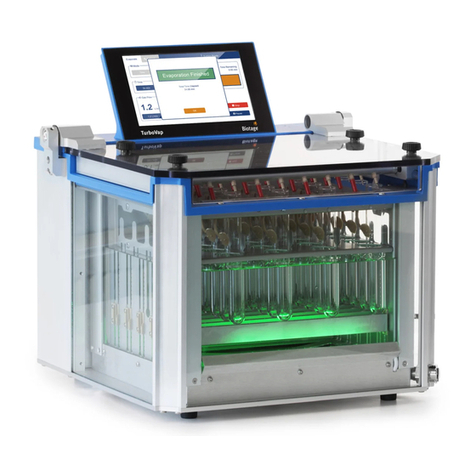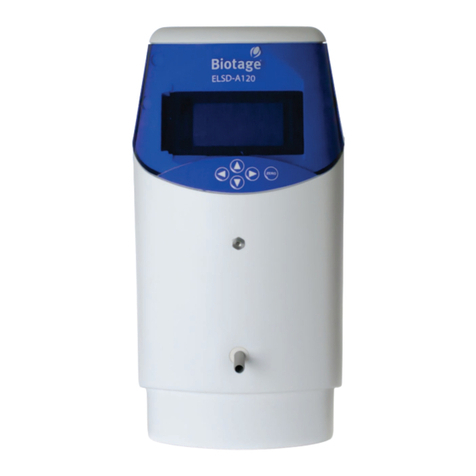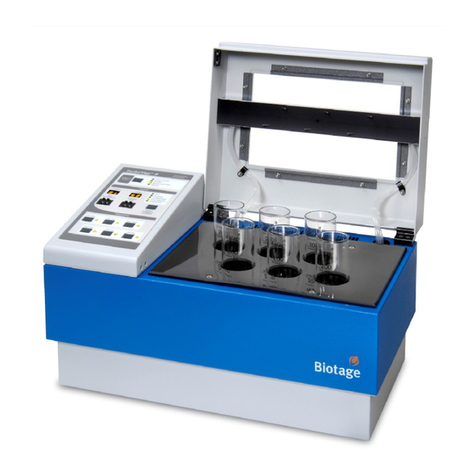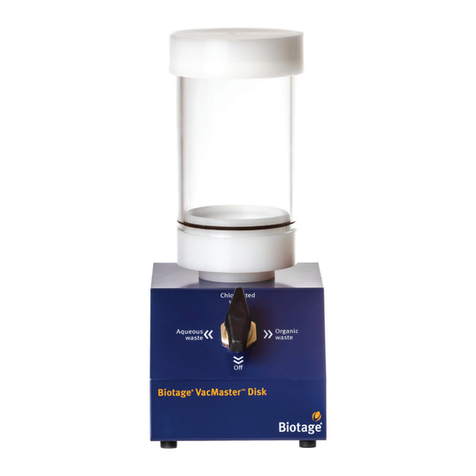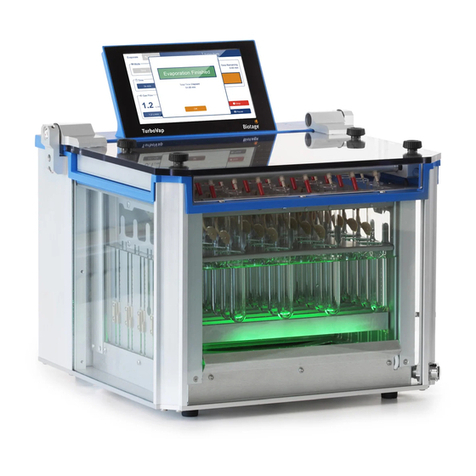
9
Sample preparation prior to instrumental analysis is often as
important to an assay as the instrumental analysis itself. This
is especially true when very low levels of detection are required
for compounds from complex matrixes such as physiological
fluids, tissues, food, agricultural products and environmental
samples. Solid phase extraction (SPE) is the most powerful
technique currently available for rapid, selective sample prepa-
ration. The versatility of SPE allows it to be used for a number of
purposes, such as:
»
Purification
»
Trace enrichment
»
Solvent exchange - analytes are transferred
from one particular matrix environment to
another, for example, aqueous to organic
»
Desalting
»
Derivatization - analytes are retained on a
sorbent, derivatized, then eluted
»
Class fractionation - a sample is separated into different
compound groups that share common properties
SPE offers many benefits and advantages over more traditional
sample preparation techniques (such as liquid/liquid extrac-
tion), including the following:
1. High recoveries of the analytes
2. Concentration of the analytes
3. Highly purified extracts
4. Ease of automation
5. Compatibility with instrumental analysis
6. Reduction in organic solvent consumption
7. No problems with emulsion formation
8. Simultaneous processing of multiple samples
9. Suitability to small sample sizes
As a result, the use of SPE has grown dramatically over the last
ten years, and continues to grow as the preferred technique for
state-of-the-art sample preparation.
SPE is a very simple technique to use, employing inexpensive,
disposable extraction columns. These columns are available in
a multitude of column sizes and sorbents. Please contact your
local IST distributor for assistance with column selection.
In principle, SPE is analogous to liquid/liquid extraction. As
a liquid sample passes through the SPE column, compounds
are ‘extracted’ from the sample onto the sorbent material in
the column. Interferences can then be selectively removed
from the column through the correct choice of ‘wash’ solvents.
Finally, an elution solvent recovers the desired analytes from
the column, resulting in a highly purified extract. This extract is
often significantly more concentrated than the original sample.
Alternatively, select an extraction column and elution solvent
combination that retains interferences on the sorbent, but
allows the analytes to pass through unretained.
ISOLUTE®SPE columns contain sorbents with an average
particle size of 50μm. Although gravity can facilitate flow of
most organic solvents through the columns, for aqueous and
other viscous samples and solvents, a motive force must be
used to pass liquids though the columns. The most common
method is vacuum applied to the column outlet. The Biotage®
VacMaster™vacuum manifold is specifically designed for this
purpose.
Guidelines for the Use of Solid
Phase Extraction olumns
Successful use of SPE columns is relies on proper treatment of
the columns (and the original sample) through all stages of an
extraction. The following section offers general guidelines for
each step of an SPE procedure.
Column processing
»
Do not force liquids through the SPE column too
quickly. This is especially significant when performing
ion-exchange extractions, because too fast a flow can
cause analyte break-through (analytes pass unretained
through the column) or poor column equilibrium. One
to two milliliters per minute is a good starting point
for 100mg/1ml columns. For larger diameter columns,
proportionally higher flow rates can normally be used.
»
Ensure the analytes (compounds of interest) are in solution
and available for interaction with the sorbent. If the
sample contains particulate matter to which the analytes
adsorb, it is necessary to first desorb the analytes from
the particulate before a successful extraction is possible.
Similarly, if the analytes are chemically bound to large
molecules in the sample (for example, drug analytes
bound to sample proteins), this binding must be disrupted
in order to achieve high extraction efficiencies. This may
be accomplished in a variety of ways, such as adjusting
the pH or through the addition of an organic solvent.
»
Filter or otherwise remove sample particulates as necessary.
Although SPE columns act as physical filters to a certain
degree, it is possible to plug the column frits, thus preventing
flow though the columns. Ensure that the analytes are not
adsorbed to the particulates being removed from the sample
prior to extraction! ISOLUTE®SPE columns (sizes B-F) are
now available with an integral depth filter to help handle
particulate laden samples. Alternatively large diameter depth
Solid Phase Extraction
